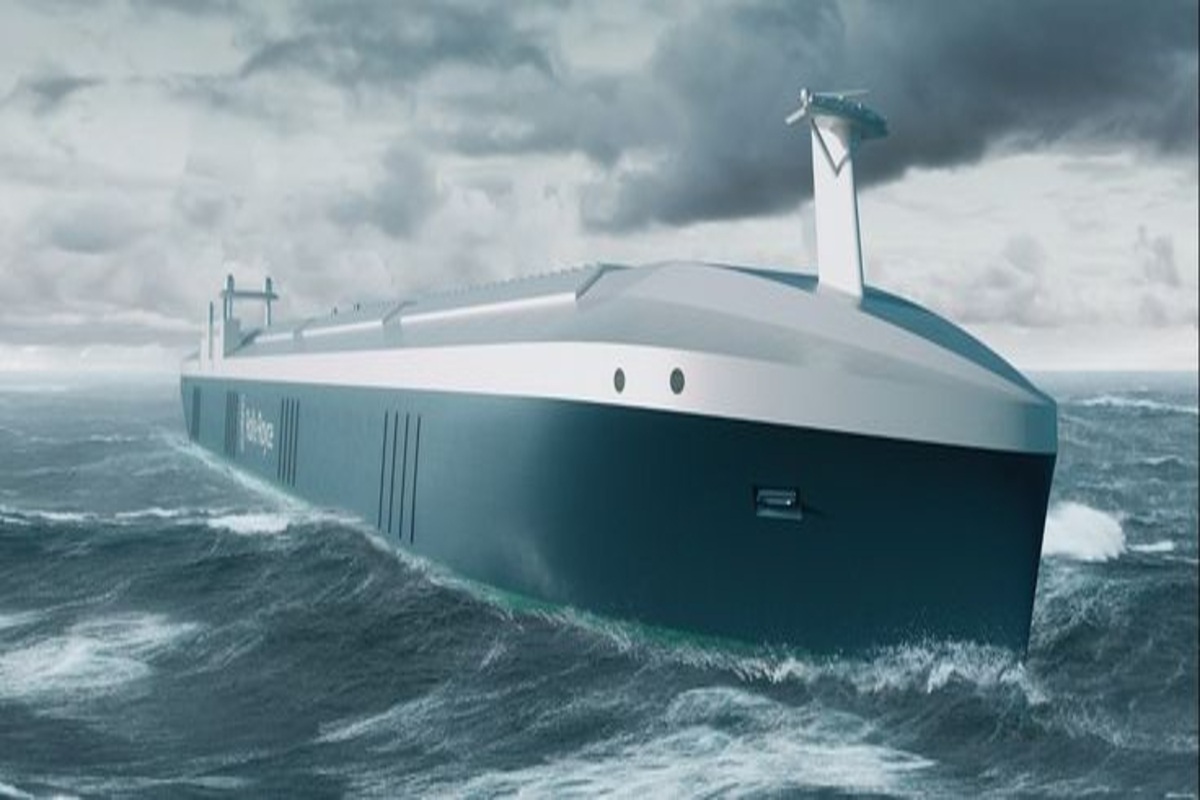Autonomous Microgrids: The Future of Energy Independence
In a world where energy demand is skyrocketing and sustainability is no longer optional, autonomous microgrids are emerging as game-changers. These self-sufficient energy systems not only promise resilience in the face of power outages and natural disasters, but they also represent a major leap toward a cleaner, smarter, and more equitable energy future.
What Is a Microgrid?
At its core, a microgrid is a small-scale power grid that can operate independently or in conjunction with the main utility grid. It typically integrates various energy sources—like solar panels, wind turbines, batteries, and even diesel generators—to generate, store, and distribute electricity locally.
Microgrids can power anything from a single building to an entire community, campus, or industrial park.
Enter the “Autonomous” Microgrid
While traditional microgrids require human oversight and manual control, autonomous microgrids are capable of operating on their own. Thanks to advances in artificial intelligence, real-time analytics, and IoT (Internet of Things) devices, these systems can:
- Balance supply and demand in real-time
- Self-optimize based on weather, usage patterns, and pricing
- Detect and respond to faults instantly
- Island (disconnect) from the main grid during outages, and reconnect smoothly once it’s safe
This level of autonomy drastically reduces the need for human intervention while improving reliability, efficiency, and sustainability.
Key Components of an Autonomous Microgrid
Distributed Energy Resources (DERs): These include solar panels, wind turbines, fuel cells, and energy storage systems like lithium-ion batteries.
Smart Controllers: AI-driven software manages the flow of electricity, predicts load demands, and controls when to charge/discharge batteries.
IoT Sensors: Gather real-time data on everything from energy production to temperature and system health.
Advanced Communication Systems: Allow all parts of the microgrid to “talk” to each other and to external grids, if needed.
Why Do Autonomous Microgrids Matter?
Here are some compelling reasons why autonomous microgrids are gaining attention globally:
1. Energy Resilience
Autonomous microgrids can keep the power on even during extreme weather events, cyberattacks, or grid failures. Hospitals, military bases, and emergency shelters are already using them for mission-critical reliability.
2. Decentralization & Democratization
By producing power locally, communities can reduce dependence on centralized utilities and fossil fuels. This also supports rural and remote areas where traditional grid access is unreliable or nonexistent.
3. Sustainability
Most autonomous microgrids prioritize renewable energy sources, which means a smaller carbon footprint and progress toward climate goals.
4. Economic Efficiency
By optimizing energy usage and minimizing waste, microgrids can reduce energy costs for users. They can even sell excess power back to the grid in some regions.
Real-World Applications

Puerto Rico is investing heavily in microgrids after Hurricane Maria devastated its electrical infrastructure.
Remote mining operations and off-grid communities in Canada and Australia use autonomous microgrids to cut fuel costs and emissions.
Urban neighborhoods in the U.S. and Europe are starting to deploy “community microgrids” to ensure more equitable energy access.
Challenges to Overcome
Like any new technology, autonomous microgrids face hurdles:
- Upfront costs can be high, though they’re dropping with advances in tech and financing models.
- Regulatory frameworks are often outdated and don’t yet support widespread adoption.
- Cybersecurity risks must be addressed due to the reliance on digital infrastructure.
The Road Ahead
With energy independence, sustainability, and resilience top of mind, autonomous microgrids are not just a buzzword—they’re a vital piece of the future energy puzzle. As AI, renewables, and storage technologies continue to evolve, expect these smart systems to become more common, more affordable, and more essential.
In short: The grid is getting smarter. And smaller. And that’s a good thing.








